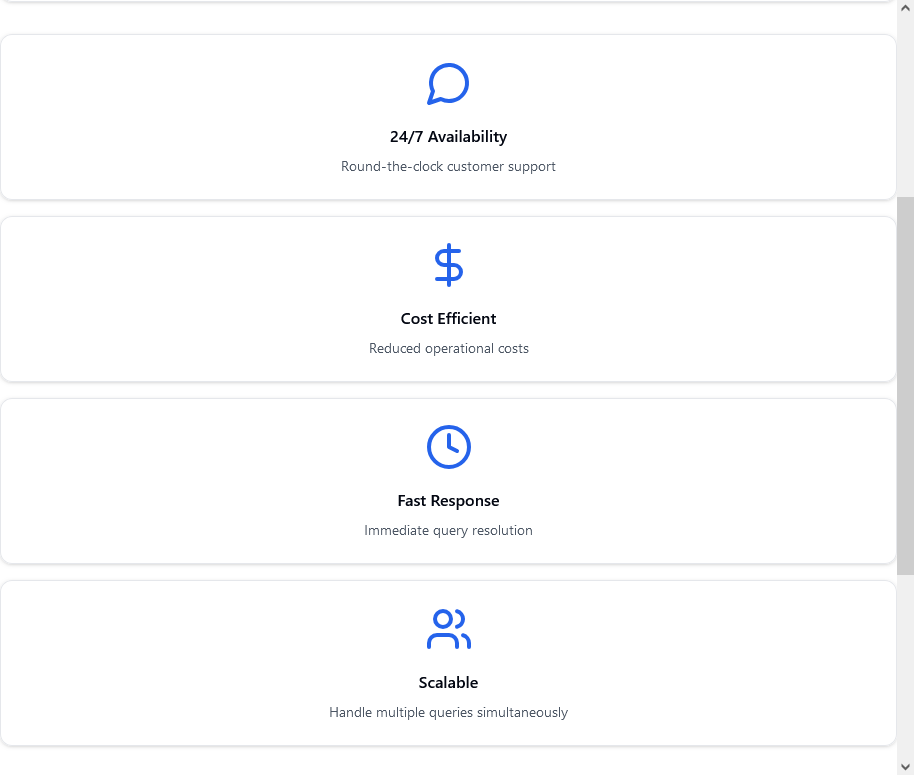In today’s fast-paced digital world, businesses face increasing pressure to provide round-the-clock customer support while maintaining service quality and managing costs. Natural Language Processing (NLP) has emerged as a game-changing technology, transforming how companies interact with their customers. Let’s explore how this AI-powered revolution is reshaping customer service landscapes.
Understanding NLP in Customer Service
Natural Language Processing represents the intersection of artificial intelligence and linguistic analysis, enabling computers to understand, interpret, and respond to human language naturally. In customer service, this technology serves as the foundation for various intelligent solutions that streamline support operations.
Key Benefits of NLP-Powered Customer Service

24/7 Availability
Unlike human agents, NLP-powered systems operate continuously, ensuring customers receive immediate assistance regardless of time zones or holidays. This constant availability significantly improves customer satisfaction and reduces support backlogs.
Cost Efficiency

By automating routine inquiries, companies can substantially reduce operational costs. Studies show that automated customer service interactions cost as little as $1 compared to $7-$14 for human agent interactions, representing significant savings for businesses.
Consistent Service Quality
NLP systems deliver uniform responses to similar queries, eliminating human inconsistencies and ensuring brand voice consistency across all customer interactions. This standardization helps maintain service quality while reducing training requirements.
Transformative Applications in Customer Support
Intelligent Chatbots
Modern NLP-powered chatbots can understand context, remember conversation history, and provide personalized responses. They handle everything from product inquiries to technical troubleshooting, learning and improving from each interaction.
Email Response Automation
NLP systems can analyze incoming customer emails, understand intent, and either automatically respond or route complex issues to appropriate human agents. This triage system significantly reduces response times and workload on support teams.
Sentiment Analysis
Advanced NLP algorithms can detect customer emotions and sentiment in real-time, allowing businesses to identify and prioritize urgent issues or dissatisfied customers before situations escalate.
Implementation Best Practices
⦁ Start with Specific Use Cases Begin by identifying high-volume, routine queries that can be automated effectively. This focused approach ensures maximum impact while minimizing implementation risks.
⦁ Maintain Human Oversight While NLP systems are powerful, human agents should remain available for complex issues. Create clear escalation paths for situations requiring human intervention.
⦁ Continuous Learning and Improvement Implement feedback loops to collect data on system performance and customer satisfaction. Use these insights to refine and improve the NLP models continuously.
Future Trends
The future of NLP in customer service looks promising, with emerging developments in:
⦁ Multilingual support capabilities
⦁ Enhanced emotional intelligence
⦁ Predictive customer service
⦁ Voice-based interactions
⦁ Integration with IoT devices
Measuring Success
To evaluate the effectiveness of NLP implementations, track key metrics such as:
⦁ Response time reduction
⦁ Customer satisfaction scores
⦁ Cost per interaction
⦁ Resolution rates
⦁ Agent productivity

Conclusion
NLP technology is not just transforming customer service; it’s setting new standards for what businesses can achieve in customer support. As these systems become more sophisticated, companies that embrace this technology will gain significant competitive advantages in customer satisfaction and operational efficiency

